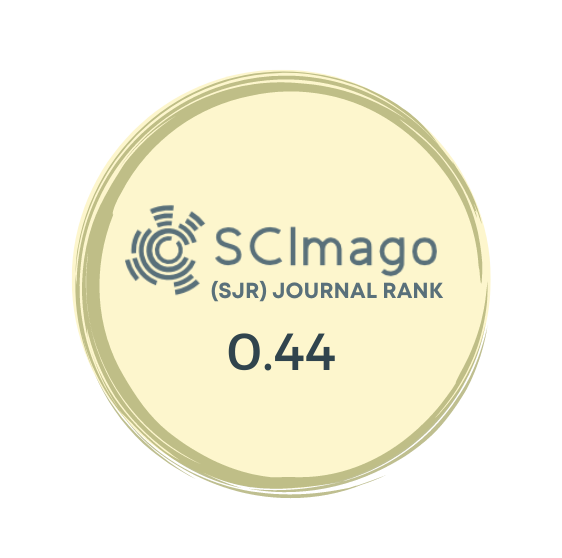Abstract
Objective: The aim of this study was to present a technique that allows the surgeon to easily and reliably achieve volar tilt in dorsally displaced distal radius fractures treated with variable-angle volar locking plates. The study introduced this technique using 2.4 mm variable angle locking screws as reduction tools, and investigated the radiological outcomes of this technique.
Methods: A total of 42 patients (30 female and 12 male; mean age: 58 years, range, 25 to 84 years) with unstable distal radius fractures were treated with this technique. All were patients with insufficient volar tilt in spite of primary fracture reduction through classic reduction techniques such as traction, manipulation, and direct fragment manipulation. Postoperatively, the patients were instructed to perform wrist active and passive motion exercises at home for minimum 30 minutes a day, and were allowed to perform activities of daily living after removal of splint. The patients were evaluated radiographically at minimum twelve months after surgery.
Results: Mean follow-up period was 15.1 months (range: 12 to 24 months). Volar tilt of the distal radius before surgery was –11.9±10.4 (minus value means dorsal angulation), and after screw leverage was 11.5±4.3° (uninjured side: 11.7±2.3°). Mean radiological outcomes at final visit were as follows: volar tilt; 10.8±4.5°, radial inclination; 24±3.2°, radial height; 12.2±1.7 mm, and ulnar variance;0.2±1.7 mm.
Conclusion: We describe a simple, reliable technique to fine-tune volar tilt in dorsally displaced distal radius fractures fixed with variable-angle volar locking plates. This technique is especially useful when volar tilt remains insufficient in spite of primary fracture reduction through classic techniques.
Özet
Çalışma planı: İnstabil distal radius kırıkları olan toplam 42 hasta (30 kadın ve 12 erkek; ort. yaş: 58, dağılım: 25–84) bu yöntem ile tespit edildi. Traksiyon, manipülasyon ve direkt parça manipülasyonu gibi klasik redüksiyon yöntemleri ile birincil kırık redüksiyonuna rağmen hastaların hepsinde yetersiz volar açılanma vardı. Ameliyat sonrası olarak, hastalara günde minimum 30 dakika evde uygulayacakları aktif ve pasif bilek hareketleri verildi ve atel çıktıktan sonra günlük aktivitelerini gerçekleştirme izni verildi. Hastalar, operasyon sonrası minimum 12 ay sonra radyografik olarak değerlendirildi.
Çıkarımlar: Değişken-açılı volar kilitli plakla tespit edilen dorsale doğru deplase distal radius kırıklarında volar açılanmayı ince ayar düzeltmek için basit ve güvenilir bir tekniği açıkladık. Özellikle bu yöntem, klasik yöntemler ile birincil kırık redüksiyonuna rağmen volar açılanmanın yetersiz kaldığı durumlarda yararlıdır.



.png)

.png)
